Colletotrichum gloeosporioides
Hydrangeas can be lush, carefree plants, but they are also vulnerable to a number of different fungal infections that can sully the leaves – and in some cases, the flowers.
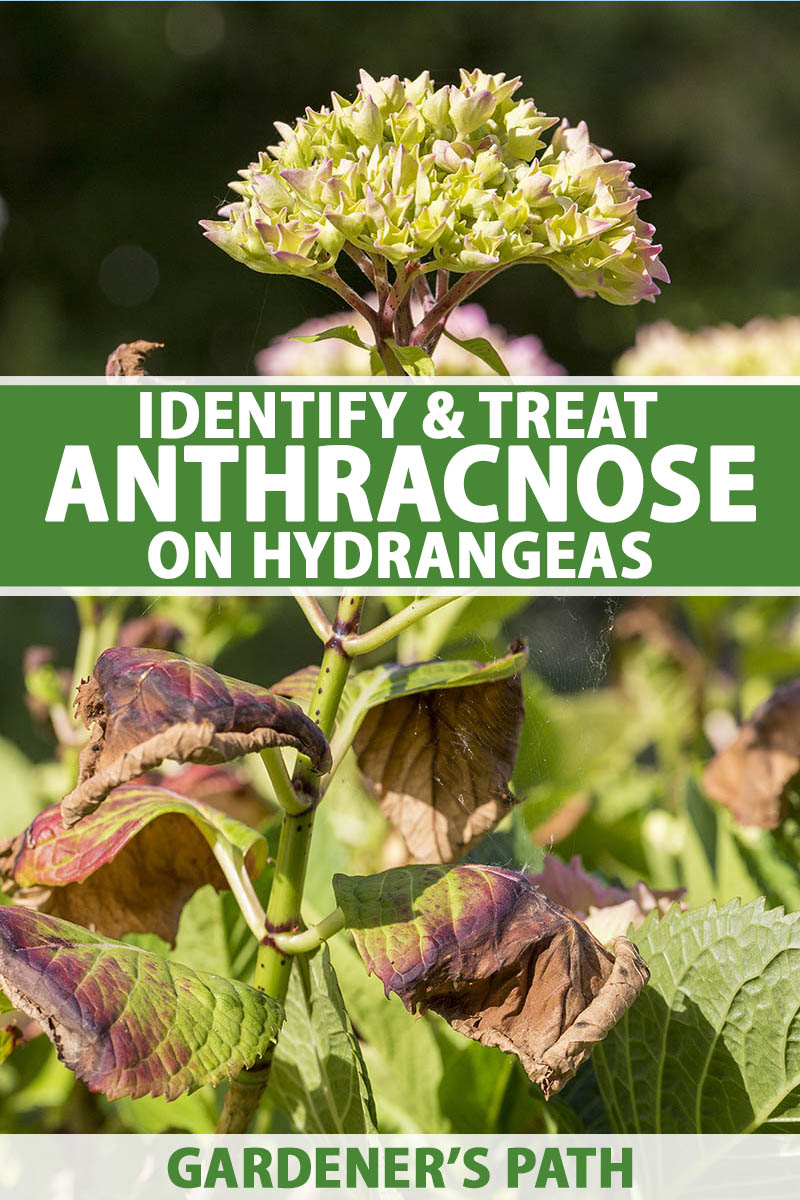
You know that old saying “There’s a fungus among us?” There is some truth to that. A fungus called anthracnose can infect a large number of tropical and temperate plants and is widespread throughout the world.
Unfortunately, one of its victims can be hydrangeas, and bigleaf hydrangeas – Hydrangea macrophylla – are particularly susceptible.
In this article, we’re going to help you prevent, diagnose, and treat anthracnose in your hydrangeas.
Here is what I’ll cover:
Anthracnose in Hydrangeas
Symptoms
The first indication that your hydrangea is infected with Colletotrichum gloeosporioides will be brown spots on the leaves. Unlike those caused by other pathogens such as Botrytis (grey mold), these spots will be circular or slightly irregular. The center of the spot will later turn tan.
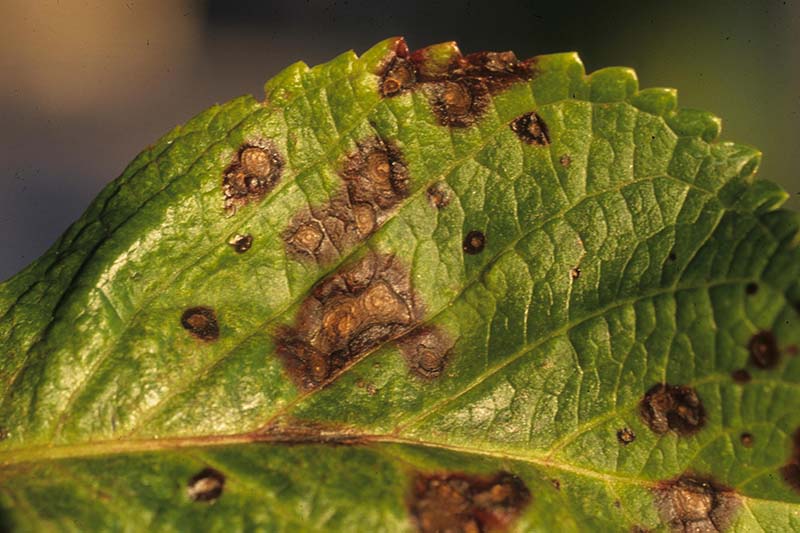
If the spots border a leaf vein, they can develop an angular shape. If conditions are favorable, whole leaves and flower petals can develop large, irregular dark brown spots that look like blotches.

In addition, the stems can develop sunken areas with raised margins known as cankers. These can be serious, since they can encircle the branches and stems and kill them.
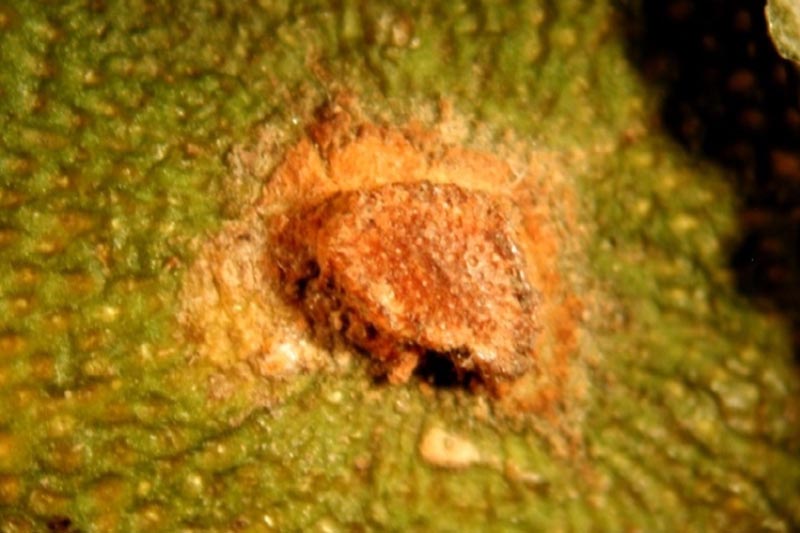
New growth may be crooked or deformed, making the branches look gnarled. A severe infection that has spread throughout the plant and caused deformed stems can kill the hydrangea.
How to Distinguish Anthracnose from Cercospora Leaf Spot
Anthracnose is often confused with Cercospora leaf spot, but there are key differences.
While Cercospora also forms circular spots on hydrangea leaves, the lesions start out purple.
As they grow larger, they develop lighter colored centers that look like frog eyes. When this infection gets established, whole leaves can turn purple. (This is not to be confused with a phosphorus deficiency.)
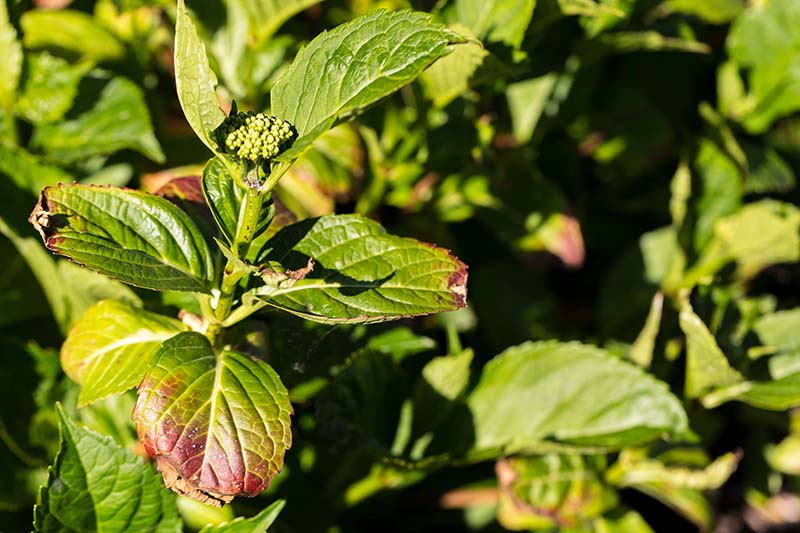
Also, a key difference is that when your hydrangea is infected with Cercospora, you will see spots on the lower leaves first.
In the case of an anthracnose infection, the lesions can appear simultaneously throughout the top and bottom parts of the plant.
A final difference is that Cercospora will not infect the flowers.
Conditions That Favor Infection
Anthracnose is typically a disease seen in hot, wet conditions.
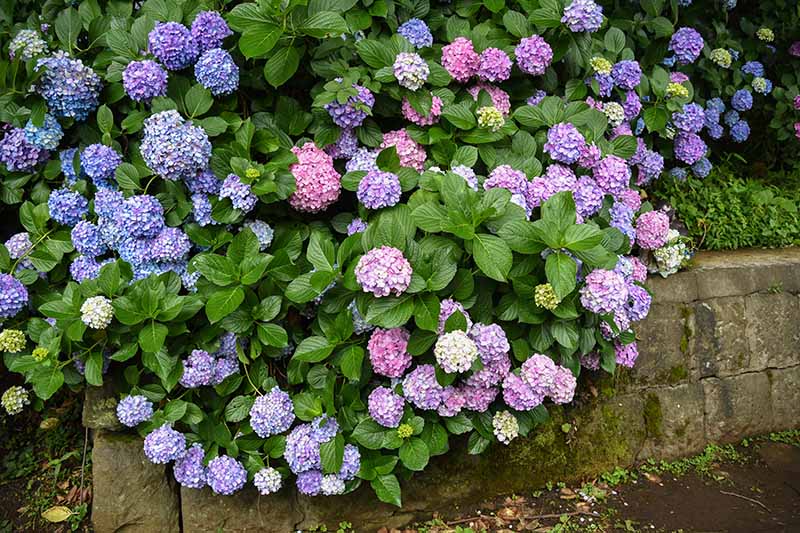
The increased moisture facilitates the spread of the spores, which then infect other areas of the plant. It can also spread to other hydrangeas. The ideal temperatures for infection range from 75 to 90°F.
Several days of wet weather and high temperatures dramatically increase the chances of infection, since the spores spread more quickly.
If there are infected leaves on the plant or leaf debris on the ground under it, fruiting bodies will form masses of spores.
All it takes is rain or overhead watering to spread these spores to other leaves – and even flowers. Prolonged periods of dew and heavy fog also favor the spread of this pathogen.
In addition to the masses of spores found in infected tissue from your hydrangeas, this pathogen is widespread in the surrounding environment.
Therefore, it is likely to be present in your area and will pose a risk to your hydrangeas when the weather is favorable.
Prevention
There are some steps you can take to keep this infection from establishing itself in your prized plants.
This disease is spread by water, so avoid spraying the flowers and foliage of your plants when you water.
You are much better off watering at the base of the plant. Hydrangeas like a lot of water, but ideally you should water deeply with a soaker hose and then let the soil dry to the touch in between waterings.
Another tip is to not over fertilize the plants.
Dr. Fulya Baysal-Gurel, et al of Tennessee State University College of Agriculture, Human, and Natural Sciences report that hydrangeas that have been heavily fertilized may be more susceptible to anthracnose.
Management
Once this disease takes hold, it is very difficult to eradicate. However, you can take steps to control the infection.
Since anthracnose can be such a difficult disease to treat, when you see the first signs, you should take cuttings from healthy parts of your plant.
By taking cuttings, if the disease does end up killing up your hydrangea, you will at least have a replacement.
Learn how to propagate hydrangeas from cuttings here.
Pruning and Sanitation
If you see signs of infection, prune out as much of the diseased tissue as you can, to prevent the infection from spreading. The fungus can overwinter in plant debris, which can then serve as a source of infection the following spring.
Pick up any fallen leaves or other plant debris on the ground under your hydrangea and dispose of it away from your plants. And do not put it in your compost pile.
Make sure to disinfect your pruning shears afterwards, with a solution of 10 percent bleach or 70 percent rubbing alcohol.
Pick up any fallen leaves or other plant debris on the ground under your hydrangea and dispose of it away from your plants. And do not put it in your compost pile.
Fungicides
You may not be able to totally eradicate the infection, but you can prevent it from spreading by treating the plants with fungicides.
Spraying with a copper-based fungicide can be effective, such as Bonide Copper Fungicide Dust, available at Arbico Organics.
Copper fungicides are a popular choice, because they are organic.
However, one thing to keep in mind is that the copper can be toxic to plants.. For example, the use of acidic water that is below pH 6.0-7.0 can lead to excessive amounts of copper ions that can damage the foliage.
Do not spray with copper when the weather is cold and moist. The copper sprays take longer to dry under these conditions and are more likely to be toxic to your hydrangea.
Other options include chlorothalonil or mancozeb. Both of these compounds are non-selective and will treat a range of fungi.
You can find chlorothalonil as Bonide Fung-onil Concentrate available from Tractor Supply.
Mancozeb has an advantage in that it is relatively inexpensive and has had fewer reports of fungi becoming resistant.
Bonide Mancozeb Flowable with Zinc Concentrate
Bonide Mancozeb Flowable with Zinc Concentrate contains mancozeb and is available from Redwood Chemical Products via Amazon.
You should also consider spraying healthy hydrangea plants on your property to protect them from the infection.
If you have problems one year, you should treat your plants the following season, since the infection will remain in the area.
Spray your plants every 10-14 days throughout the summer. However, if the infection is severe, you can spray more frequently.
You might want to buy two types of fungicides and alternate them, so that the fungus does not develop resistance to the chemical and then be able to spread unchecked!
And be sure and give time for the fungicides to take effect. It might take a week or more to see a difference, so don’t lose hope if you don’t see any changes after a couple days.
A Wealth of Spores Can Cause Severe Infections
While anthracnose is typically a problem in large plantings in greenhouses or fields, this fungus can also plague home gardeners.

Once it takes hold on a hydrangea plant, the infected leaves or old debris from the previous year can be a source of unending spores in hot, wet weather.
You will have to take aggressive action to save your plants, including pruning out infected tissue and treating the plants with fungicides.
However, with quick action, you have a good shot at limiting the infection.
Have you won a battle with anthracnose? Let us know how you fared in the comments below!
And for more information about growing hydrangeas, you’ll need these guides next:
- How to Identify and Treat Hydrangea Diseases
- The 25 Best Hydrangea Varieties for Landscaping Large and Small
- How to Grow Hydrangeas for Big Blossomed Beauty
© Ask the Experts, LLC. ALL RIGHTS RESERVED. See our TOS for more details. Product photos via Arbico Organics, Bonide, Tractor Supply, and Redwood Chemical Products. Uncredited photos: Shutterstock.
The post How to Identify and Treat Anthracnose on Hydrangeas appeared first on Gardener's Path.
Source: gardenerspath.com
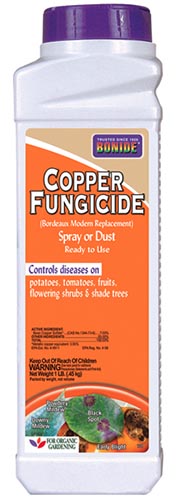




Комментариев нет:
Отправить комментарий